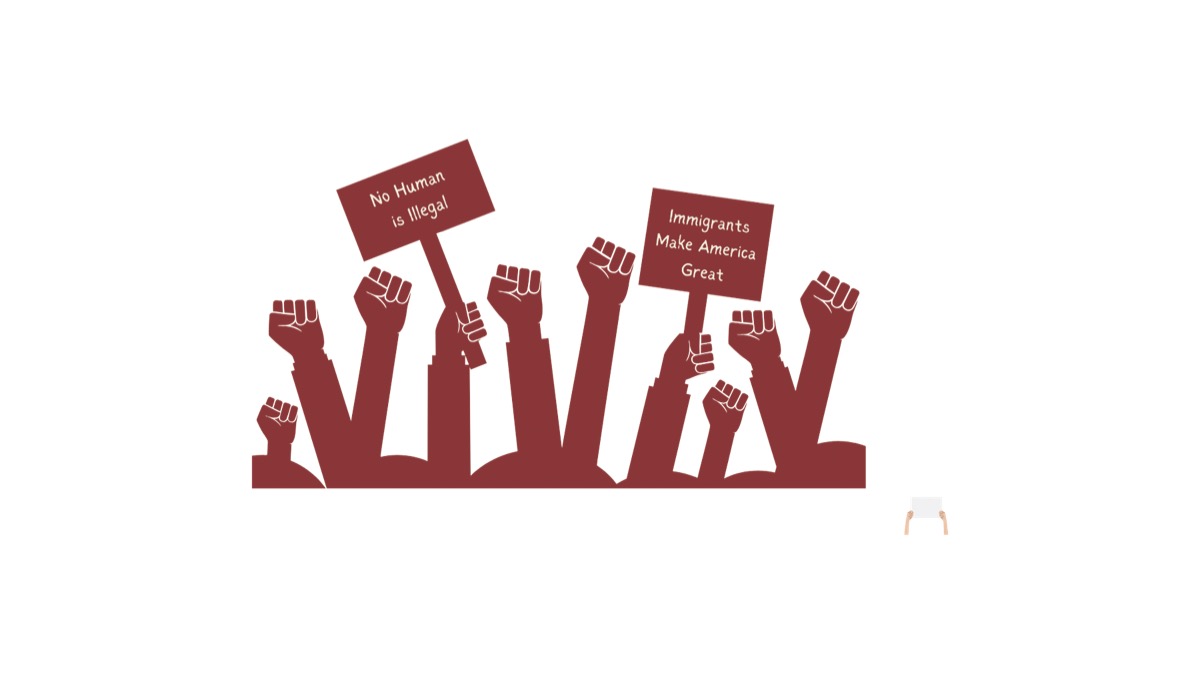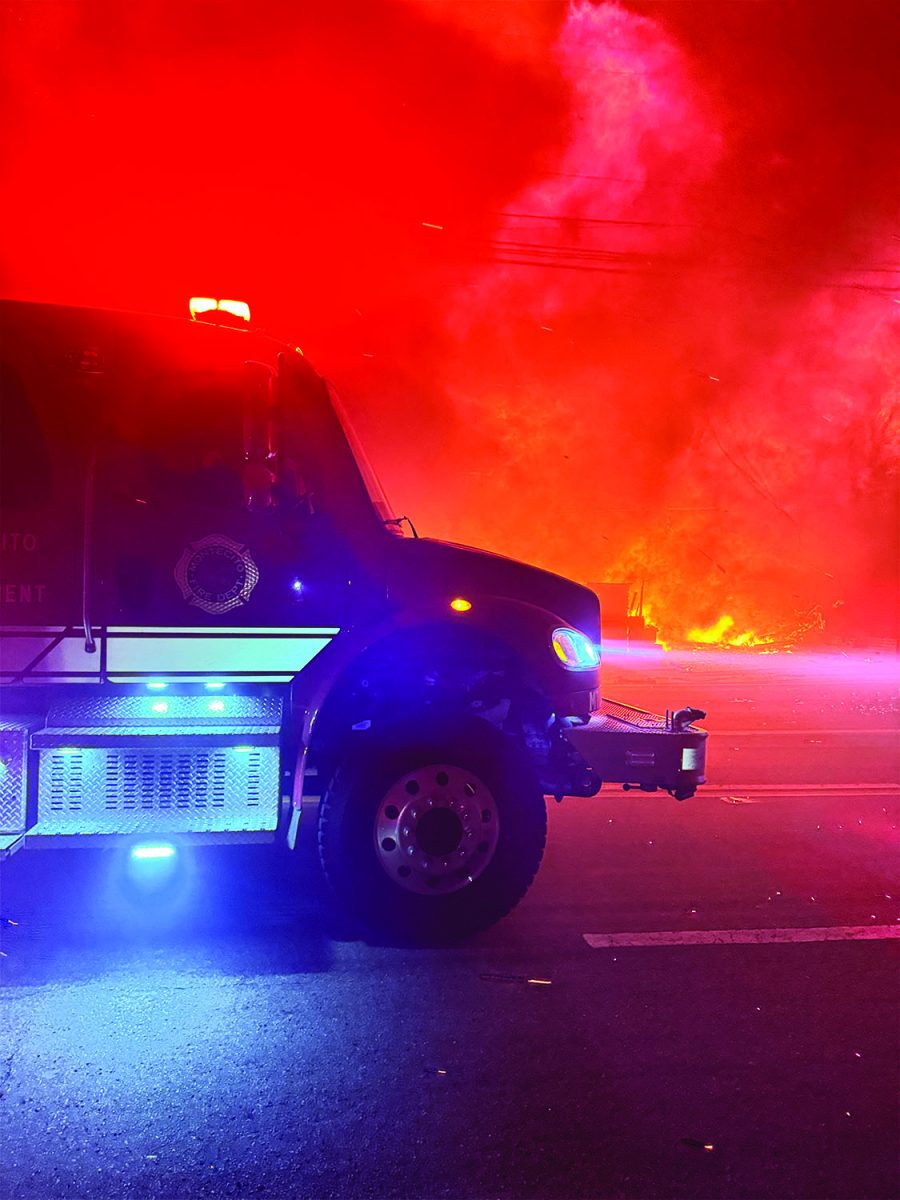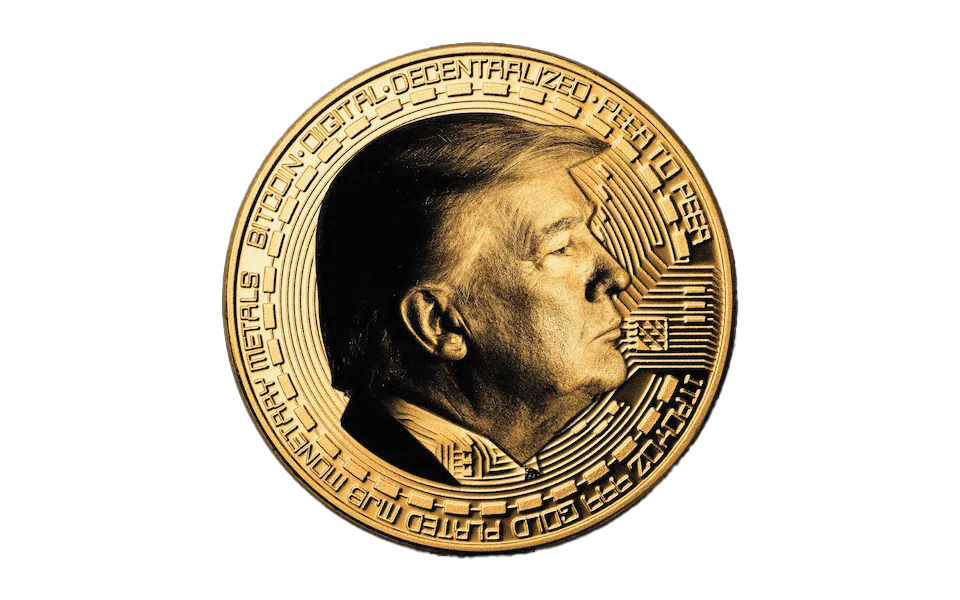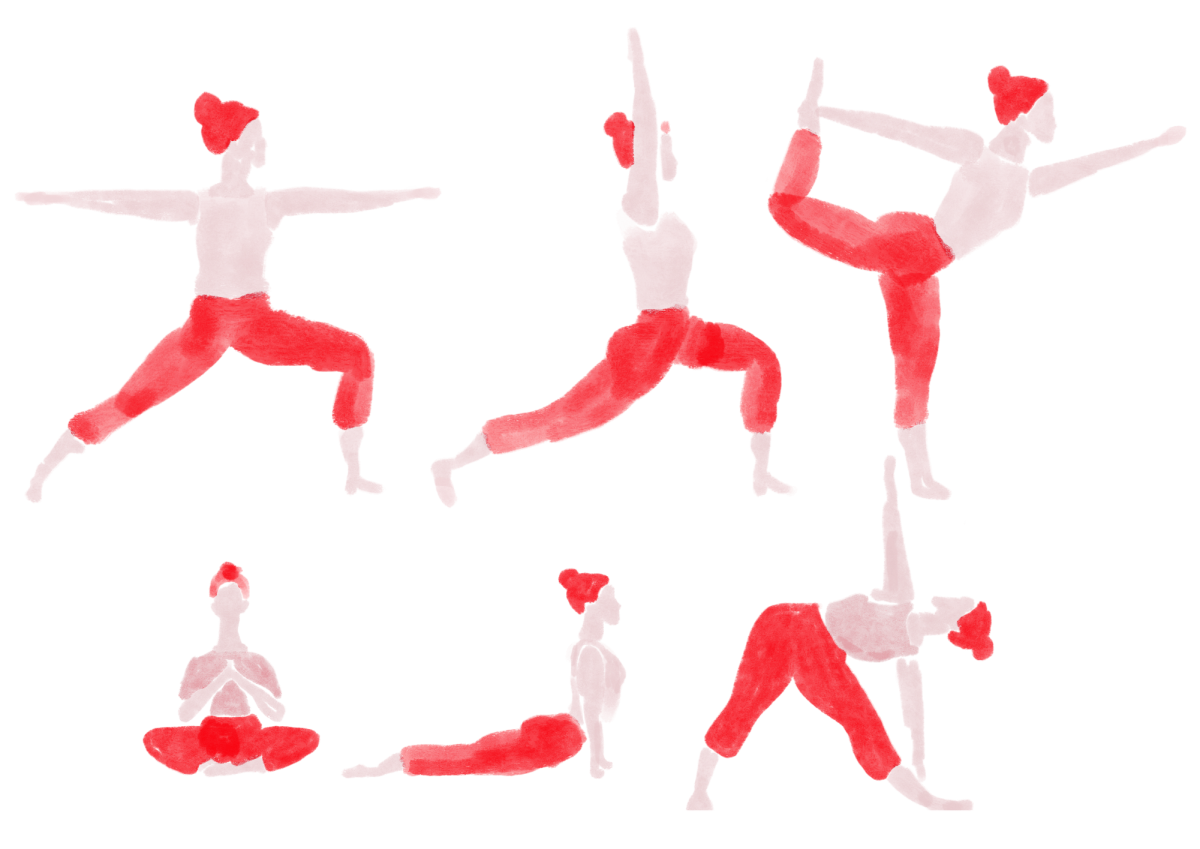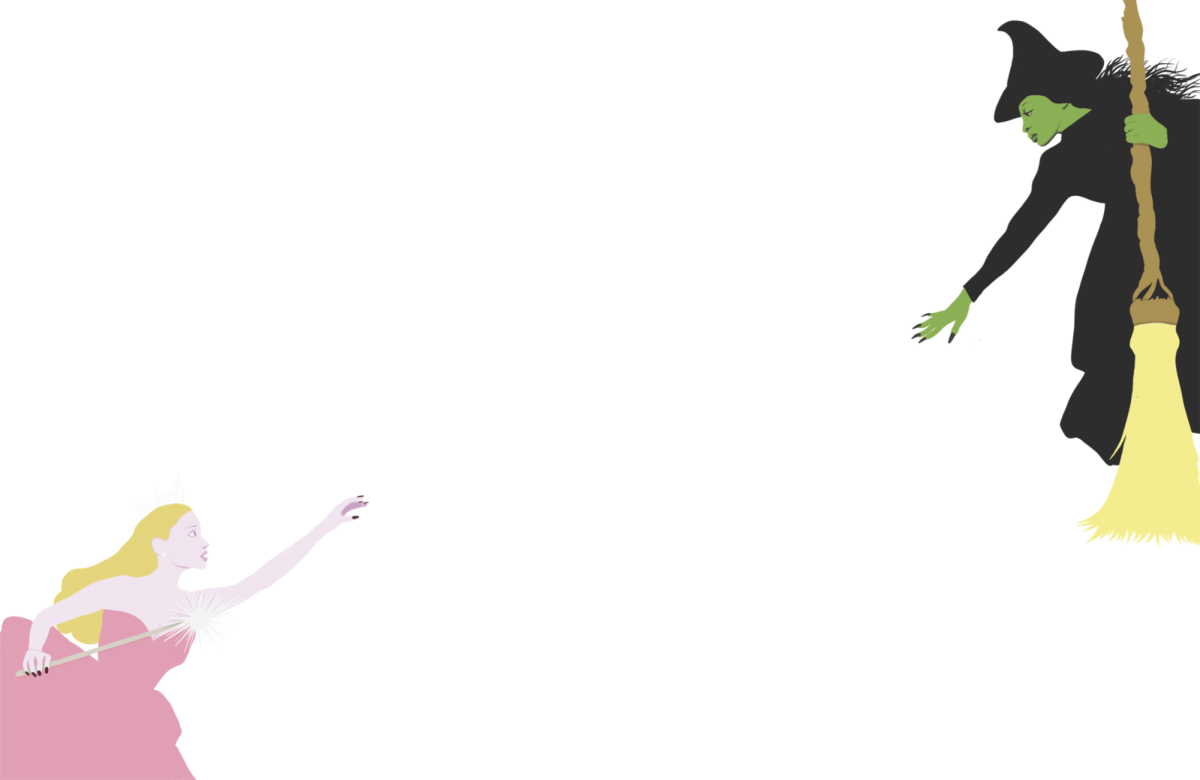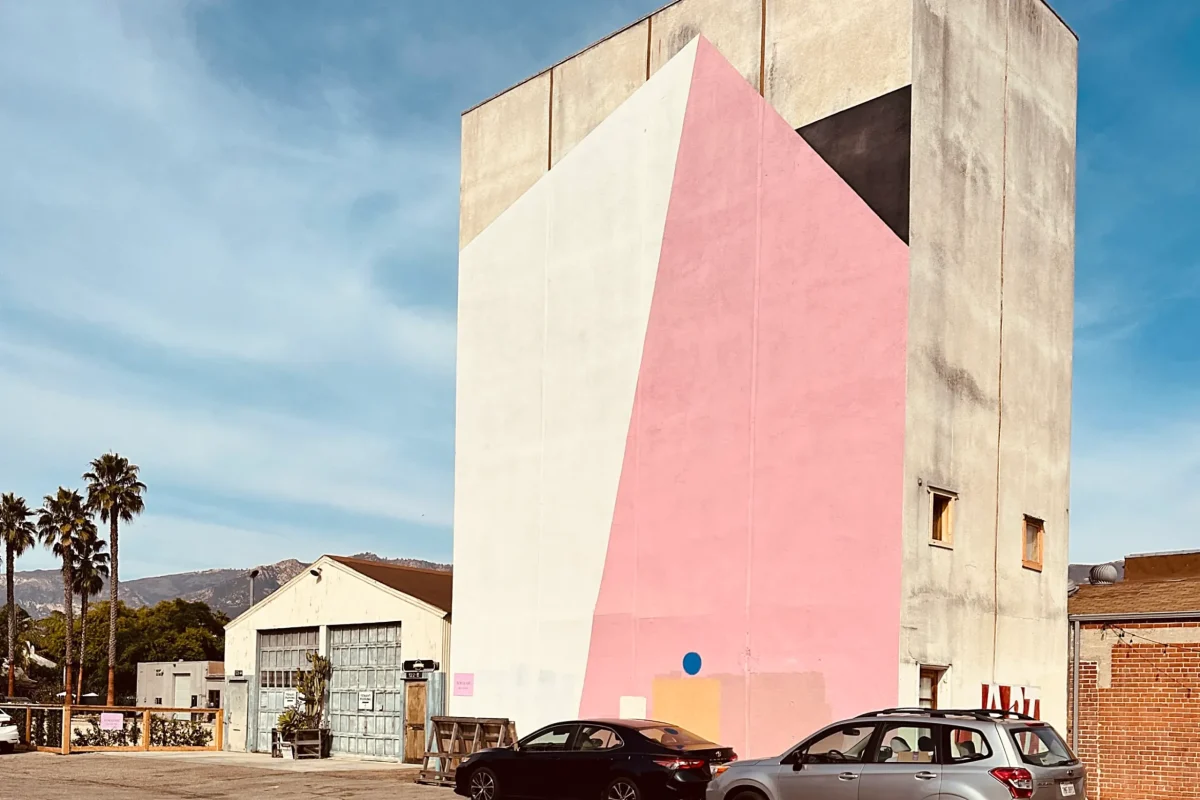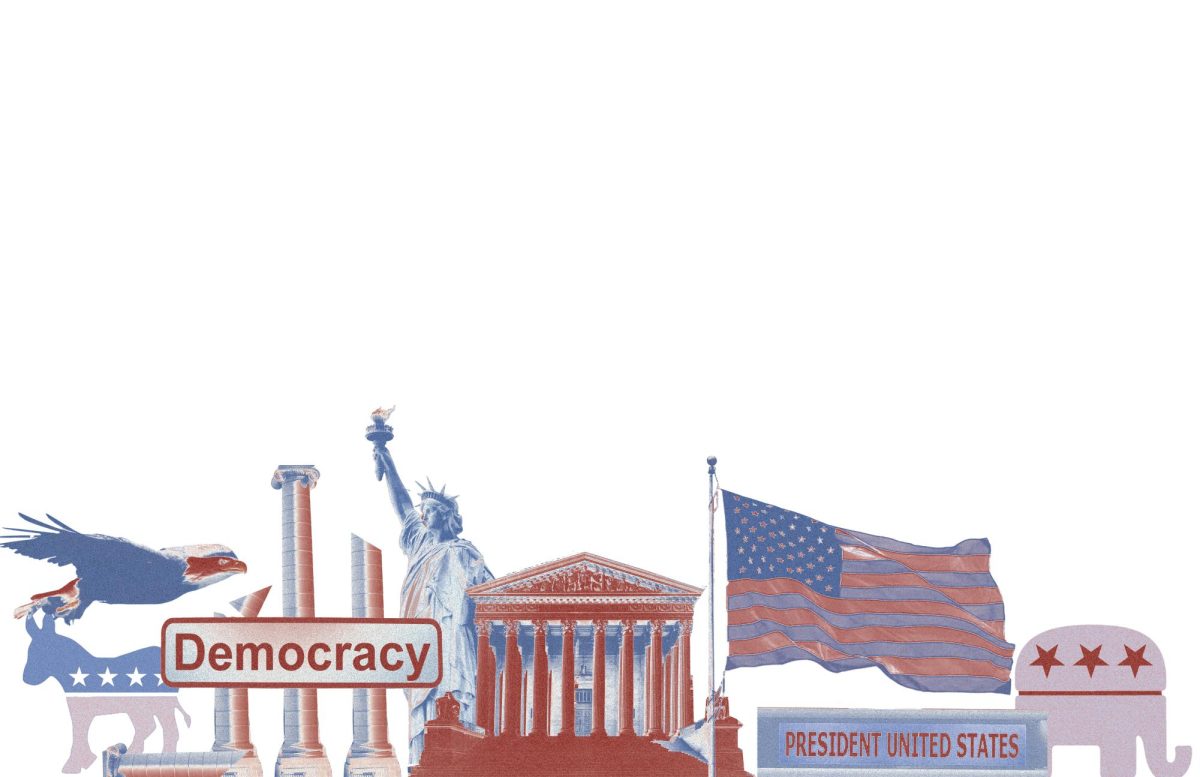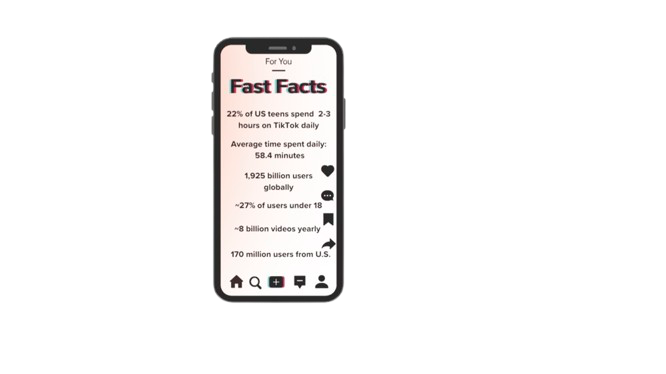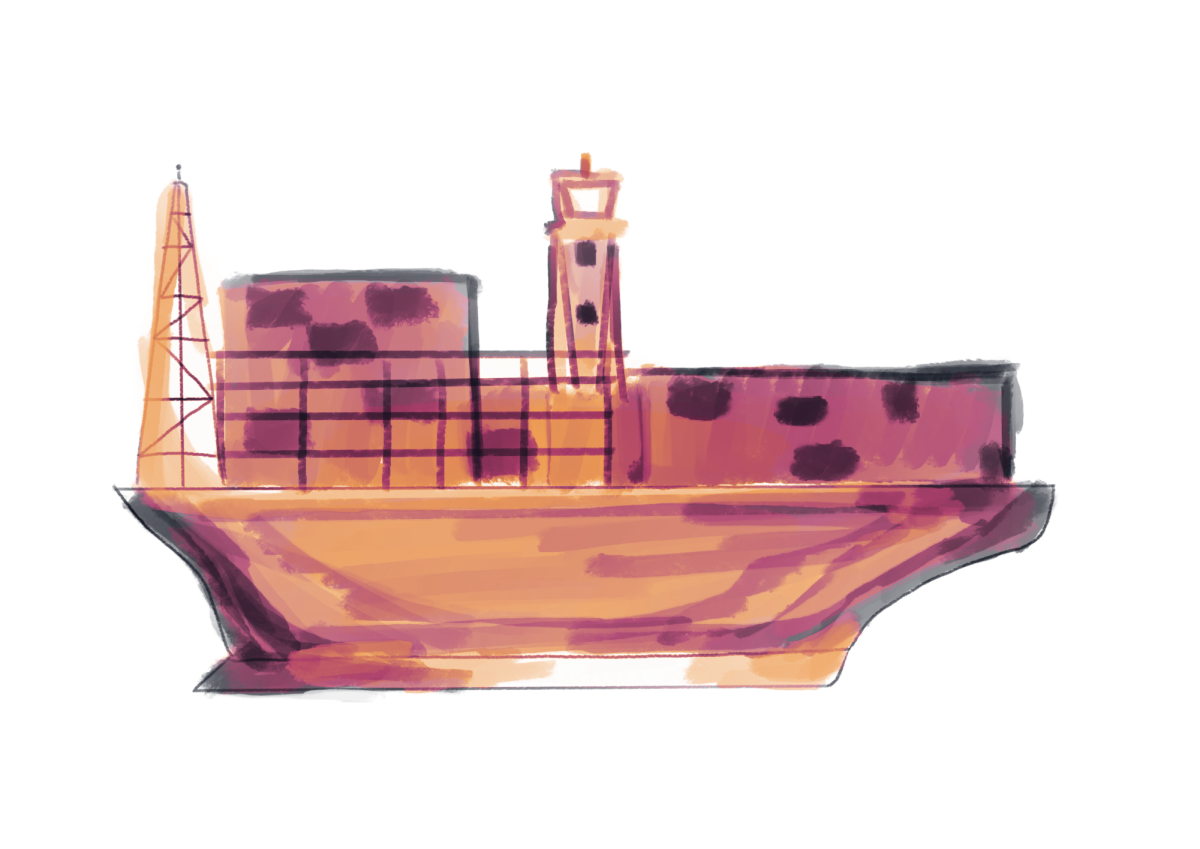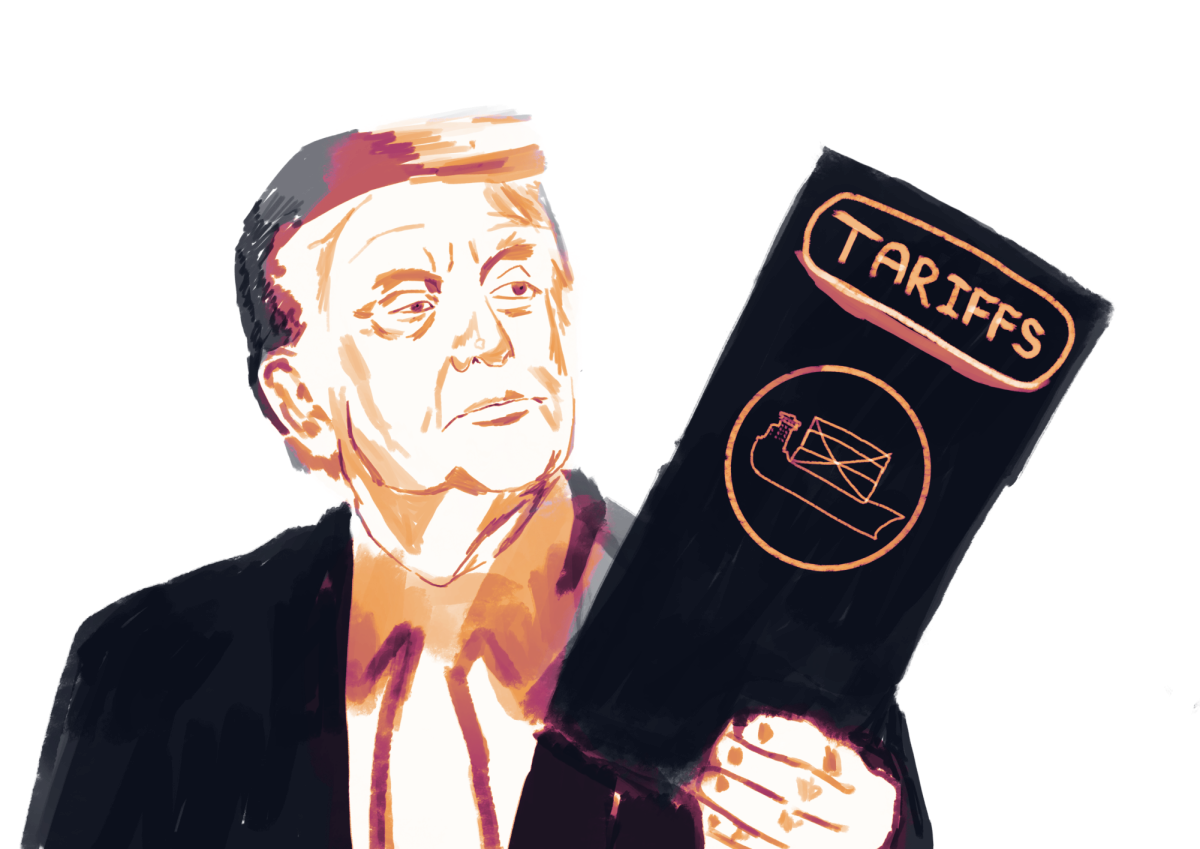Women in Iran
Protest movements erupt in Iran after morality police arrest and kill Mahsa Amini.
January 23, 2023
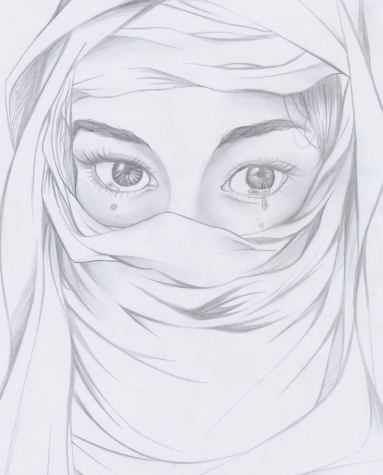
Ahead of their opening game in this year’s World Cup, the Iranian national team stood side-by-side and refused to sing the national anthem in protest to the movement going on in their country.
A protest movement has erupted in Iran following the death of the 22-year-old Mahsa Amini, who was detained by the morality police, a force in Iran that polices what women can wear according to the country’s mandatory hijab laws. Amini was first detained for violating the dress code and died later under police custody. Furious and deeply frustrated by this incident, demonstrations led by women erupted in Iran, protesting the country’s religious laws, leadership, and defending women’s rights. However, the complexity of the conflict is hardly discussed.
Laguna alumni Daria Bahrami, who is Iranian American, wrote in her blog: “So many of us also feel disappointed, muzzled, and angry knowing that a headscarf is all that Iranian women are known for in America. The western lens continues to prevail over the Iranian identity as Iranian women are freely victimized, Iranian men are villainized, and non-binary people are completely excluded.”
There is much more to women’s struggle in Iran than the roosari, or the headscarf. The western narrative oversimplifies the issue to just the hijab laws and the dress codes, but that is only one aspect of the larger picture. “Focusing on the protest du jour, such as the legalization of driving or the freedom of a woman to dress how she wants, minimizes the other challenges facing Middle Eastern communities and makes these very public outcries feel performative and inauthentic.” Daria wrote.
Women in Iran have been fighting for the right to education, driving, freedom of expression, and more. The western media’s overexploitation of the term hijab can be used to grab the reader’s attention, but also it has oversimplified the issue and created a stereotype of Iranian women as obedient and submissive; although women are the minority in Iran, they hold significant influences in the society. “Women carry a lot of influence and power, but in subtle ways. Now, those same women are being louder, and they’ve decided enough is enough,” said Daria, “I just hope that with enough space and support, Iranian women around the world can feel more empowered to define their own roles.”
Middle eastern women are often portrayed as powerless victims by the western media, “they are often exoticized, particularly through a western lens, and seen as quiet, submissive, domestic figures,” said Daria. “If nothing else, I think these protests are shining a light on the fact that that stereotype is simply not true.” The protest movement is an example of women’s power and capacity. Sparked by the death of a 22-year-old, the story is not simply about the oppression of women but rather about resilience, tenacity, and strength.

